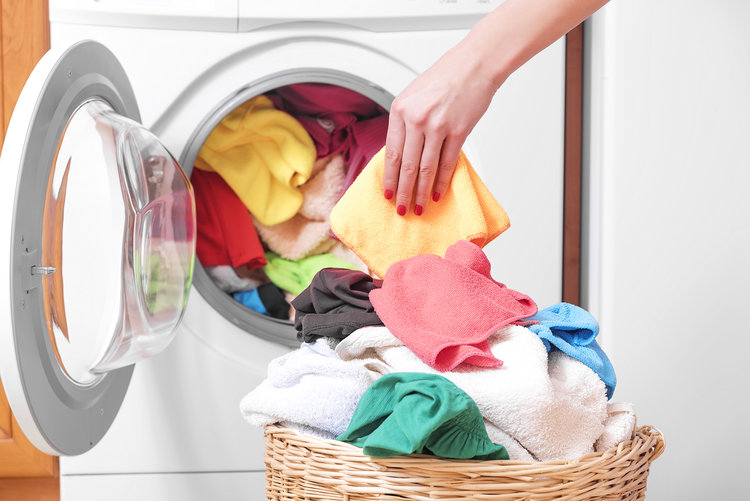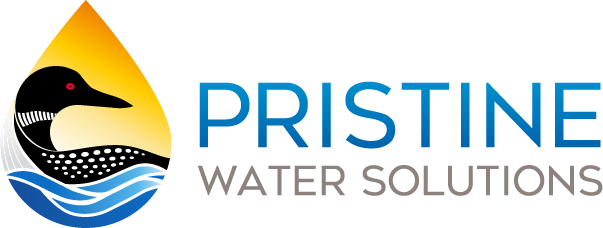When it comes to improving the water in your home, it is helpful to classify it into two categories. Each of the two types of water in your home has a different purpose and required level of water conditioning:
1. Working Water
Working water is one of the types of water in your home. It is used for bathing, laundry, washing clothes and dishes, and cleaning. Optimal working water is free of:
- Hardness minerals (calcium & magnesium).
- Iron, sulphur, manganese, tannins (organic colour), and suspended materials such as sand and silt.
- Taste and odour from chlorine. While necessary to deliver water safely to your home, it is undesirable to ingest or breathe in.
- pH imbalances that can lead to acidic or corrosive water.

2. Drinking Water
Drinking water is perhaps the most important types of water because we ingest it. It requires the most amount of treatment to ensure we have the best quality of healthy, clean, great tasting water.
If your water is supplied by a municipality, water treatment and quality standards are carefully monitored and maintained. Some, like the City of Winnipeg, draw water from surface water—lakes or rivers. Others like Selkirk, obtain water from wells. Either way, the source water is then treated through multiple processes to ensure its potability. But with aging infrastructure, you can’t always be sure of the safety of your water. Chemicals like chlorine are important to eradicate bacteria and other pathogens from your water. But once water enters your home, chlorine, chloramines, and other chemicals can be concerning if consumed or inhaled.
If your home is serviced by a private well, you are responsible for the quality of the water used by you and your family. Well water can vary drastically in quality. Manitoba and NW Ontario known for hard water, something known to be tough on plumbing fixtures, appliances, and skin & hair. Iron, manganese, and sulphur can ruin the aesthetics of well water. And there is always a risk of pathogens like E. coli or coliforms putting your family at risk.

